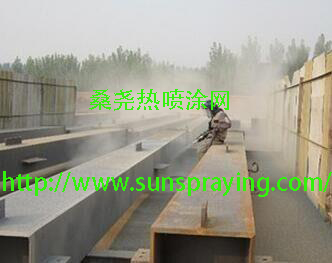This work focuses on the combination of the complementary properties of carbon nanotubes (CNTs) and polypyrrole (PPy), following an electrochemical route to the formation of a novel composite material. Electrochemical techniques and microscopy were used to demonstrate unprecedentedly the anionic dopant behavior of the nanotubes within the polymer films, and to indicate how the presence of nanotubes can improve the conductivity. Highresolution electron microscopy (HREM) revealed the individual nanotubes to be uniformly coated with PPy, which formed bridges between the nanotubes to give dense composite films. The remarkable mechanical and electrical properties exhibited by CNTs have encouraged efforts to develop mass production techniques.As a result, CNTs are becoming increasingly available, and more attention from both academia and industry is focused on the applications of CNTs in bulk quantities. These opportunities include the use of CNTs as a conductive filler in insulating polymer matrices,and as a reinforcement in structural materials. Other potential applications exploit the size of CNTs as a template to grow nanosized, and hence ultra-high surfaceto-volume ratio catalysts,[5] or aim to combine CNTs to form nanoelectronic elements.
On the other hand, electronically conducting polymers (ECPs) have been the focus of many intensive research programs over the past two decades. Simple ECPs, typically PPy, polyaniline, and polythiophene, can be prepared either chemically in a bulk quantity, or electrochemically as a thin film. In addition to a relatively high conductivity in oxidized and doped states, simple ECPs show interesting physicochemical properties exploitable for batteries, sensors, light-emitting diodes, and electrochromic displays.Furthermore, there are two additional opportunities that allow the functionality of simple ECPs to be extended. Firstly, large anions with particular functions, such as natural enzymes or catalytic transition metal complexes, can be used as the counter anion/dopant and therefore can be entrapped within the ECP matrix during the polymerization process. Secondly, the monomers of conventional ECPs are a class of versatile molecular building blocks suitable for the synthesis of various more complicated, functionalized monomers that can, for example, be polymerized to form sensory devices aimed at molecular recognition.

本文由桑尧热喷涂网收集整理。本站文章未经允许不得转载;如欲转载请注明出处,北京桑尧科技开发有限公司网址:http://www.sunspraying.com/
|

